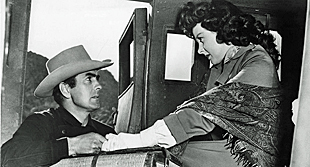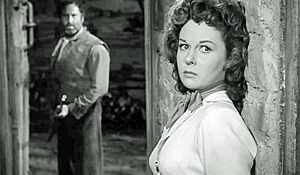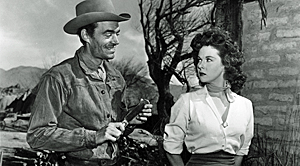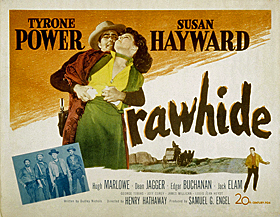Thu 12 May 2016
A 1001 MIDNIGHTS Review: JACK FINNEY – The House of Numbers.
Posted by Steve under 1001 Midnights , Reviews[8] Comments
by Marcia Muller:

JACK FINNEY – The House of Numbers. Dell First Edition A139, paperback original, May 1957. Expanded from a novella in Cosmopolitan, July 1956. Film: MGM, 1957, with Jack Palance, Harold J. Stone, Edward Platt, Barbara Lang.
Jack Finney has the unusual ability to create edge-of-the-chair tension and sustain it throughout a long narrative. In this riveting tale, Ben Jarvis and Ruth Gehlmann conspire to help Ben’s brother, Arnie, escape from San Quentin. Arnie, who was sentenced for passing bad checks while trying to raise money to buy Ruth an expensive engagement ring, has attacked a guard; there is a paroled prisoner on the way back to San Quentin to testify about the assault, and the penalty for attacking a guard is death.
Arnie appeals to Ben for help and lays out a dangerous but basically simple scheme for escape. Ben wavers but finally he and Ruth agree to aid Arnie. The scheme unfolds bit by bit, and the reader is solidly on Ben and Ruth’s side throughout, experiencing their apprehension and terror — and eventually agonizing over the same terrible decision they face.

Finney knows San Quentin, although his view of it is colored by his association with then-warden Harley O. Teets, a humanitarian administrator to whom the book is dedicated. (In fact, the dialogue of the fictional warden reads a little like a public-relations release.) However the method Finney devises for the escape is ingenious, and characters are well drawn. The suspense, as with all of Finney’s works, is guaranteed to keep you turning the pages.
Although best known for his science fiction and fantasy works, such as the popular Body Snatchers (1955), which was twice made into a film under the title Invasion of the Body Snatchers (1956, 1978), Finney has also written three other suspense novels: Five Against the House (1954), Assault on a Queen (1959), and The Night People (1977). Five Against the House was made into an excellent film in 1955, starring Kim Novak and Brian Keith, and directed by Phil Karlson.
———
Reprinted with permission from 1001 Midnights, edited by Bill Pronzini & Marcia Muller and published by The Battered Silicon Dispatch Box, 2007. Copyright © 1986, 2007 by the Pronzini-Muller Family Trust.







